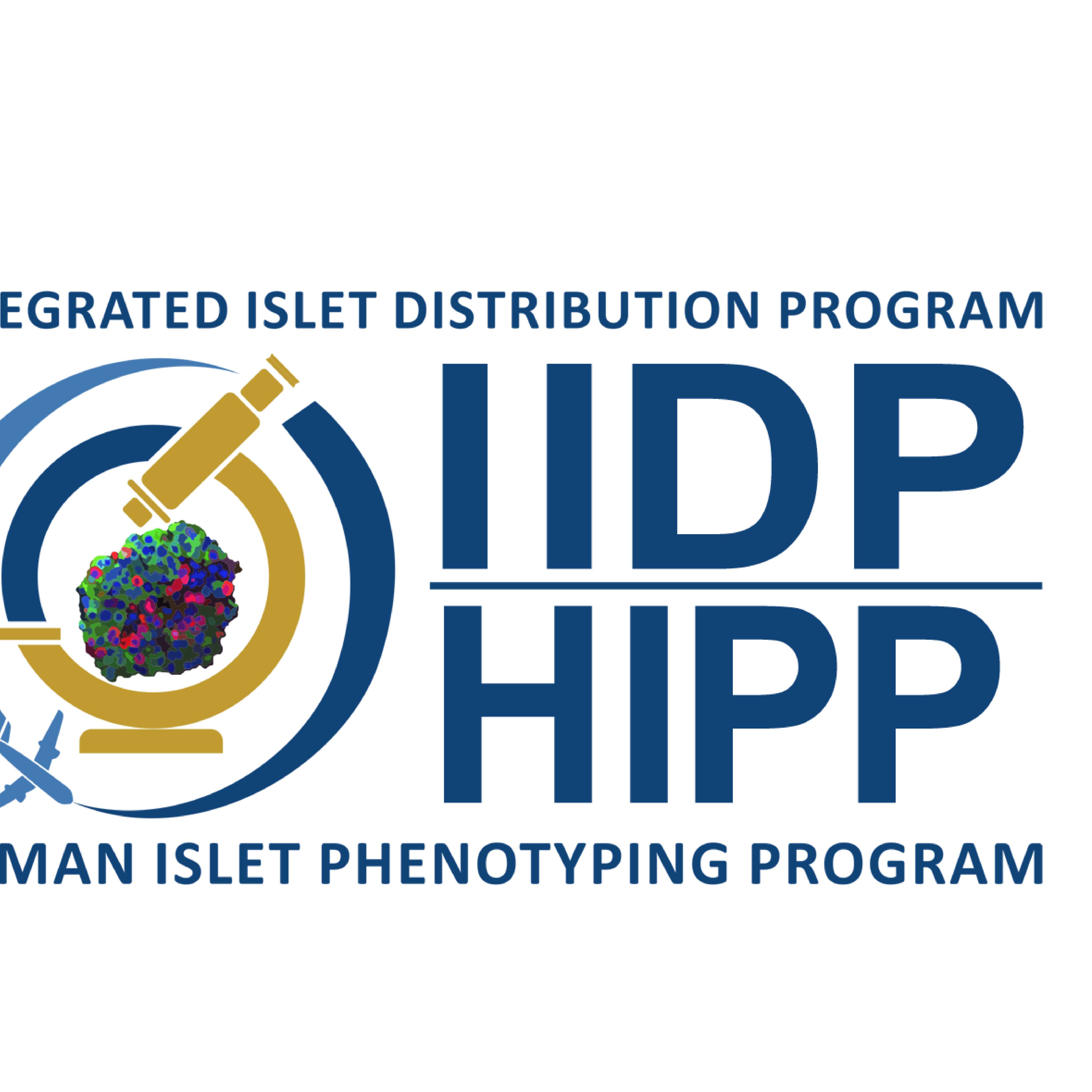Mar 22, 2022
Extraction of DNA from Frozen Islet Repository Samples
- 1Integrated Islet Distribution Program and Human Islet Phenotyping Program

Protocol Citation: IIDP-HIPP 2022. Extraction of DNA from Frozen Islet Repository Samples. protocols.io https://dx.doi.org/10.17504/protocols.io.j8nlkkw11l5r/v1
License: This is an open access protocol distributed under the terms of the Creative Commons Attribution License, which permits unrestricted use, distribution, and reproduction in any medium, provided the original author and source are credited
Protocol status: Working
We use this protocol and it’s working
Created: February 22, 2022
Last Modified: October 02, 2023
Protocol Integer ID: 58601
Abstract
This Standard Operating Procedure (SOP) provides Human Islet Phenotyping Program (HIPP) procedures for DNA extraction from frozen islet pellets using the Promega Wizard® Genomic DNA Purfication Kit.
This SOP defines the assay method used by the Human Islet Phenotyping Program (HIPP) for quantitative and qualitative determination of the Purified Human Pancreatic Islet product, post-shipment, manufactured for use in the National Institute of Diabetes and Digestive and Kidney Diseases (NIDDK)-sponsored research in the Integrated Islet Distribution Program (IIDP).
Note
This Standard Operating Procedure (SOP) #: HIPP-11-v01
Guidelines
- Integrated Islet Distribution Program (IIDP) (RRID:SCR_014387): The IIDP is a grant funded program commissioned and funded by the NIDDK to provide quality human islets to the diabetes research community to advance scientific discoveries and translational medicine. The IIDP consists of the NIDDK Project Scientist and Program Official, the External Scientific Panel and the CC at City of Hope (COH). The IIDP CC integrates an interactive group of academic laboratories including the subcontracted IIDP centers.
- IIDP Coordinating Center (CC): Joyce Niland, Ph.D. and Carmella Evans-Molina, M.D., Ph.D. serve as Co-Principal Investigators (Co-PIs) for the IIDP Program located within the Department of Diabetes and Cancer Discovery Science at COH to coordinate the activities of the IIDP and Human Islet Phenotyping Program (HIPP). Dr. Niland, contact PI, oversees the daily activity of the IIDP staff, provides informatics/ biostatistical input, and subcontracts with the Islet Isolation Centers (IICs) to ensure the delivery of the highest quality human islets to IIDP-approved investigators. Dr. Evans-Molina serves as the liaison to the HIPP, interacting closely to ensure that extensive, high quality phenotypic data are collected on islets distributed by the IICs. She also facilitates the delivery of this information to both the IICs and the IIDP-approved investigators, while responding to questions, issues, or suggestions for further HIPP enhancements.
- Human Islet Phenotyping Program (HIPP): The HIPP is a subcontracted entity of the IIDP through the COH and Vanderbilt University. The HIPP is directed by Marcela Brissova, Ph.D. and is responsible for performing specific standardized quality control assays agreed upon by both the IIDP and the HIPP, in order to provide enhanced, quality data on the human islets post-shipment, to the IIDP. The results of these assays will be approved by the CC and posted on the IIDP website for both the centers and the approved investigators to access.
Materials
1. The following equipment is necessary to perform DNA extraction on human islets.
1.2 Heat block with microcentrifuge tube adapter
Equipment
Centrifge and Heat Block microTUBE Adapter
NAME
Covaris
BRAND
500406
SKU
LINK
Equipment
Vortex mixer
NAME
Thermo Scientific
BRAND
88882011
SKU
LINK
Equipment
NanoDrop Spectrophotometer
NAME
2000/2000c Spectrophotometers
TYPE
NanoDrop
BRAND
ND2000CLAPTOP
SKU
LINK
2. The following supplies and materials are necessary to perform DNA extraction on human islets.
2.1.1 Nuclei Lysis Solution
2.1.2 RNase A Solution
2.1.3 Protein Precipitation Solution
2.1.4 DNA Rehydration Solution
2.2 0.5M EDTA pH 8.0 (Mediatech MT46034Cl)
2.3 Proteinase K (Sigma P4850-5mL)SigmaCatalog #P4850
2.4 Isopropanol (Sigma I9516)SigmaCatalog #I9516
2.5 100% Ethanol Fisher ScientificCatalog #22-032-601
Procedures
Procedures
Assemble all items described in Materials.
Make Nuclei Lysis Buffer: Mix 500 µL Nuclei Lysis Solution with 120 µL 0.5M EDTA PH 8.0. Chill on ice.
Add 600 µL chilled Nuclei Lysis Buffer and 20 µL proteinase K to the islet pellet. Vortex vigorously for 10 seconds. Incubate at 65 °C for 30 minutes.
Add 3 µL RNase Solution to the islet lysate and mix by inverting the tube 2-5 times. Incubate at 37 °C for 30 minutes. Cool to room temperature.
Add 200 µL Protein Precipitation Solution. Vortex and incubate on ice for 5 minutes.
Centrifuge at 13,000-16,000 xg (maximum speed of microcentrifuge) for 5 minutes at 4 °C .
Transfer supernatant to a clean 1.5 mL microcentrifuge tube containing 600 µL room temperature isopropanol. Mix gently by inversion. Incubate at -20 °C for 15 minutes.
Centrifuge at 13,000-16,000 xg for 1 minute at room temperature.
Remove supernatant and add 600 µL room temperature 70% ethanol. Mix gently by inversion.
Repeat step 8.
Aspirate the ethanol and air-dry the pellet for 15 minutes.
Rehydrate the DNA in 100 µL of DNA Rehydration Solution for 30 minutes at room temperature.
Use NanoDrop to measure DNA concentration.
Store the DNA at -20 °C .
Deviations and Resolutions
Deviations and Resolutions
Document any deviations that occurred during this protocol that affect the final results and report with the analysis of the assay.
Data Storage and Reporting
Data Storage and Reporting
- To facilitate data management and ensure data security, the Vanderbilt HIPP uses an institutional server-based platform for data storage and analysis.
- Upon completion of image acquisition and analysis, annotated images containing metadata, image analysis outputs, and documentation of any deviations and repetitions that are warranted will be uploaded to the IIDP-HIPP database and disseminated to IIDP-affiliated investigators and islet isolation centers.
